Creating a well-defined V-shaped body is a common fitness goal, especially for men aiming to broaden their upper body and achieve that powerful, athletic silhouette. Central to this transformation are targeted back and shoulder workouts. These exercises help build the latissimus dorsi (lats), trapezius, deltoids, and other crucial muscles that contribute to width and structure.
In this comprehensive guide, we’ll dive deep into the best back and shoulder workouts, supported by research from the World Health Organization (WHO) and Harvard, practical tips, and a real-life case study to show how this workout approach can reshape your body.
Why Focus on Back and Shoulder Workouts?
Back and shoulder workouts not only help sculpt a V-tapered physique but also improve posture, prevent injuries, and increase overall upper body strength. Additionally, they support your performance in other workouts by enhancing your pulling and pressing power.
Benefits of Back and Shoulder Workouts
- Wider upper body: Helps create the illusion of a smaller waist.
- Improved posture: Strengthening upper back muscles keeps the spine aligned.
- Better athletic performance: Supports pushing, pulling, and lifting motions.
- Enhanced muscle symmetry: Balances your physique by developing often-neglected muscles.
- Greater confidence and aesthetics: A V-shaped torso is often seen as the pinnacle of a fit physique.
Anatomy of a V-Shaped Physique
To effectively build a V-shaped body, understanding the key muscle groups involved is essential. Training with a purpose and knowledge of anatomy will help you engage the right muscles and maximize gains.
Key Muscle Groups
- Latissimus Dorsi (Lats): These fan-like muscles on either side of your back add width and create that flared look.
- Trapezius (Traps): These upper back muscles enhance shoulder structure and strength.
- Deltoids: Rounded shoulder muscles that give the illusion of broader shoulders.
- Rhomboids and Rear Delts: Deep muscles between your spine and shoulder blades that support back development and posture.
- Teres Major and Minor: These assist in shoulder rotation and add to the width when fully developed.
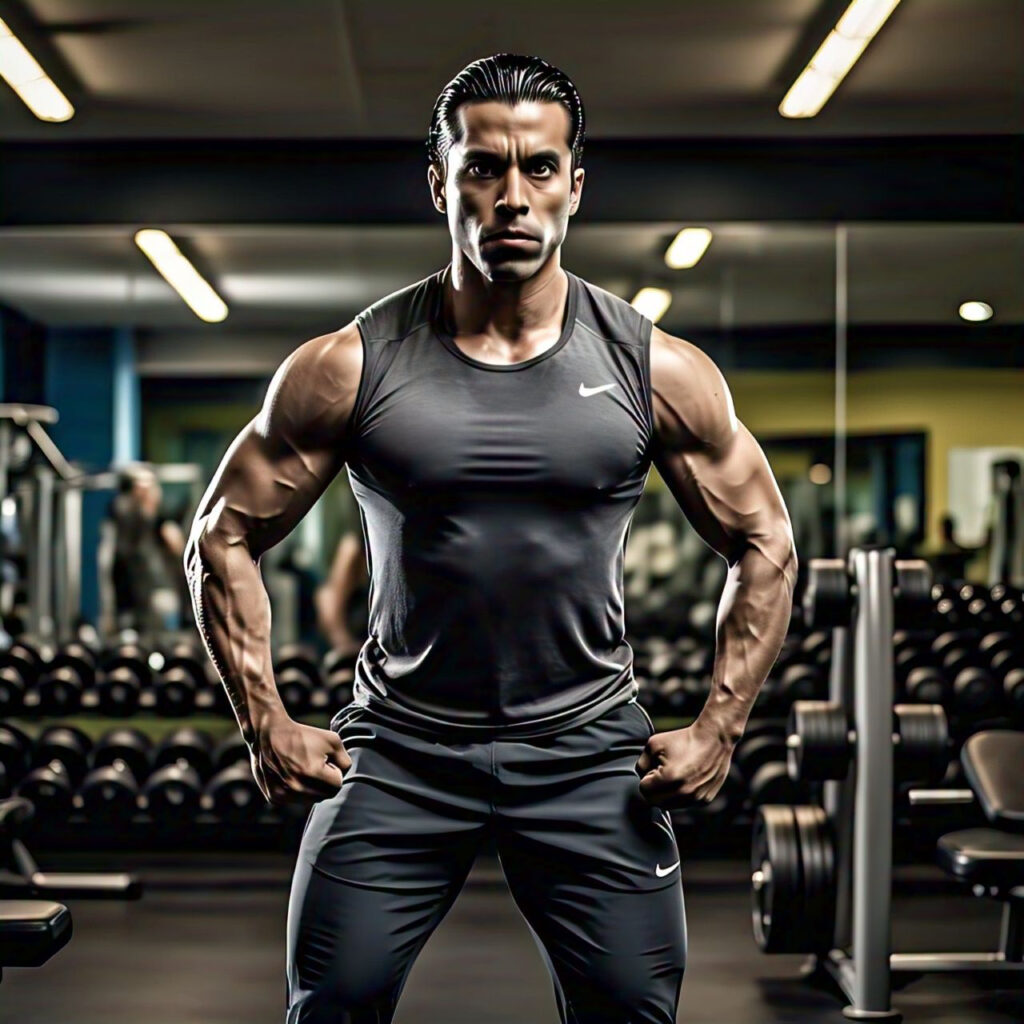
Best Back Workouts for a V-Shaped Body
Pull-Ups
A classic bodyweight exercise, pull-ups primarily target the lats and improve grip strength. Over time, adding weighted variations can increase intensity.
How to do it:
- Grip the bar slightly wider than shoulder-width.
- Pull yourself up until your chin is over the bar.
- Lower slowly and repeat.
Reps: 3 sets of 8-12
Barbell Deadlifts
A compound movement that works the lower and upper back, hamstrings, and glutes. This is a cornerstone for developing posterior chain strength.
How to do it:
- Keep your back flat and core tight.
- Lift the bar with power from your legs and glutes.
- Lower the bar with control.
Reps: 4 sets of 6-10
Bent-Over Rows
Targets the mid and upper back, specifically the lats and rhomboids. Can be done with a barbell, dumbbells, or cables.
How to do it:
- Hinge at the hips and keep your back flat.
- Pull the barbell or dumbbells toward your waist.
- Squeeze your shoulder blades together.
Reps: 3 sets of 10-12
Lat Pulldowns
An alternative to pull-ups, especially good for beginners. Also great for high-rep burnout sets.
How to do it:
- Grip the bar wide.
- Pull it down to your chest.
- Release slowly.
Reps: 3 sets of 10-15
T-Bar Rows
Great for adding thickness to the middle back and improving posture and strength.
How to do it:
- Use a landmine attachment or T-bar machine.
- Keep chest up and pull the handle toward your chest.
Reps: 3 sets of 10-12
Seated Cable Rows
A controlled movement for isolating lats and rhomboids.
How to do it:
- Sit with a straight back.
- Pull the cable attachment to your lower abs.
- Squeeze at the peak of the contraction.
Reps: 3 sets of 12-15
Best Shoulder Workouts for a V-Shaped Body
Overhead Press
Works the front and middle delts, enhancing overall shoulder mass. Use a barbell for maximum load or dumbbells for balance and coordination.
How to do it:
- Stand with feet shoulder-width apart.
- Press the barbell or dumbbells overhead.
- Lower under control.
Reps: 4 sets of 6-10
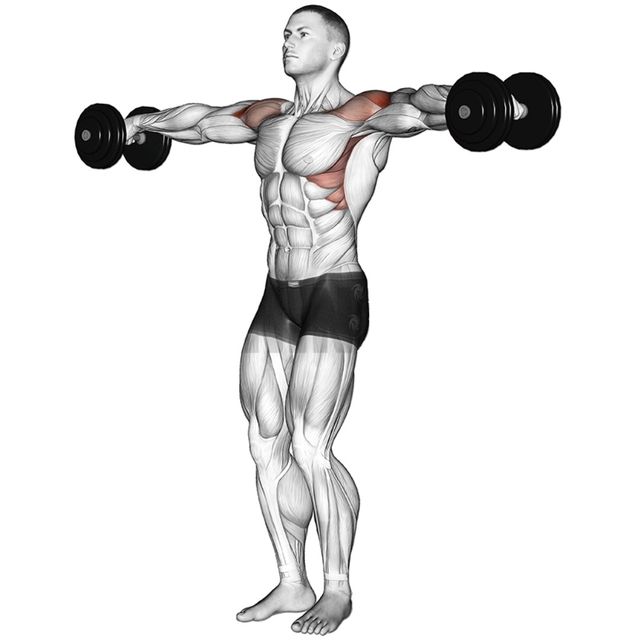
back shape.”
Lateral Raises
Focuses on the side delts for width. Slow and controlled movement enhances results.
How to do it:
- Raise dumbbells to shoulder height.
- Lower slowly.
Reps: 3 sets of 12-15
Rear Delt Flyes
Targets the rear deltoids and rhomboids. Use dumbbells or cables for variation.
How to do it:
- Bend over slightly.
- Raise arms out to the sides.
- Squeeze shoulder blades.
Reps: 3 sets of 12-15
Arnold Press
A dynamic variation of the overhead press, hitting all three deltoid heads.
How to do it:
- Start with palms facing you.
- Rotate as you press up.
- Reverse the motion.
Reps: 3 sets of 10-12
Upright Rows
A compound lift that hits the traps and delts.
How to do it:
- Use a barbell or EZ-bar.
- Pull the weight up to your chest, keeping elbows above wrists.
Reps: 3 sets of 10-12
Weekly Training Split for Maximum Gains
Back & Biceps
Shoulders & Abs
Rest/Cardio
Back & Chest
Shoulders & Arms
Active Recovery
Full Rest
Nutrition for Back and Shoulder Gains
No workout program is complete without proper nutrition. Muscles grow in the kitchen, not just in the gym.
- Protein: Aim for 1.6-2.2g per kg of body weight.
- Carbohydrates: Fuel your workouts with whole carbs like oats, rice, and sweet potatoes.
- Fats: Support hormone levels with healthy fats like avocado, nuts, and olive oil.
- Hydration: Drink at least 3 liters of water daily.
Tips for Optimal Results
- Progressive overload: Gradually increase weight or reps weekly.
- Focus on form: Avoid momentum; use full range of motion.
- Mind-muscle connection: Concentrate on the targeted muscle.
- Recovery: Sleep 7–9 hours and use rest days effectively.
- Track your progress: Log workouts and measurements weekly.
Case Study: From Slouched to Sculpted – Adam’s Transformation
Background:
Adam, a 32-year-old software engineer, had poor posture and minimal muscle definition.
Plan:
He committed to a 12-week back and shoulder-focused program, combining weight training, clean eating, and posture correction drills.
Results:
- Gained 8 pounds of lean muscle
- Increased lat size by 2 inches
- Improved posture and confidence
- Achieved noticeable V-taper after 9 weeks
Quote from Adam:
“I never imagined how much back and shoulder workouts could reshape my body. I feel stronger, more confident, and pain-free.”
WHO and Harvard Research on Resistance Training
WHO Perspective
According to the World Health Organization, adults should engage in muscle-strengthening activities involving major muscle groups on two or more days a week. Back and shoulder workouts fall perfectly into this guideline, offering both strength and injury prevention benefits.
Key WHO Benefits:
- Improved musculoskeletal health
- Reduced risk of falls and injury
- Enhanced quality of life
- Boosted metabolism
Harvard Medical School Insights
Harvard researchers emphasize the importance of resistance training in maintaining metabolic health, especially as we age.
Highlights:
- Supports joint health
- Increases lean muscle mass
- Boosts metabolism and fat loss
- Reduces age-related muscle loss (sarcopenia)
- Improves bone density
FAQs
What’s the fastest way to build a V-shaped body?
Focus on compound back and shoulder workouts combined with a clean diet and consistency. Incorporate pull-ups, overhead presses, and deadlifts.
How long does it take to see results?
With regular workouts and proper nutrition, visible changes can appear in 8-12 weeks.
Can women do these workouts?
Absolutely! These exercises improve posture, strength, and body symmetry for all genders.
Should I use machines or free weights?
Both have benefits. Machines are great for beginners; free weights engage more stabilizing muscles and improve functional strength.
How important is nutrition?
Crucial. You need sufficient protein and healthy calories to build muscle and recover properly. Supplements like whey protein, creatine, and omega-3s may help.
Conclusion:
Back and shoulder workouts are the cornerstone of building a V-shaped physique. With the right exercises, consistency, and supportive nutrition, anyone can enhance their upper body shape and strength.
Backed by real-world results and scientific recommendations from the WHO and Harvard, this approach is not just about looking good it’s about moving better, feeling confident, and staying healthy.
Start your transformation today. Train smart, eat clean, stay consistent and the V-shape will follow. Use this guide as your blueprint and commit fully to the journey.

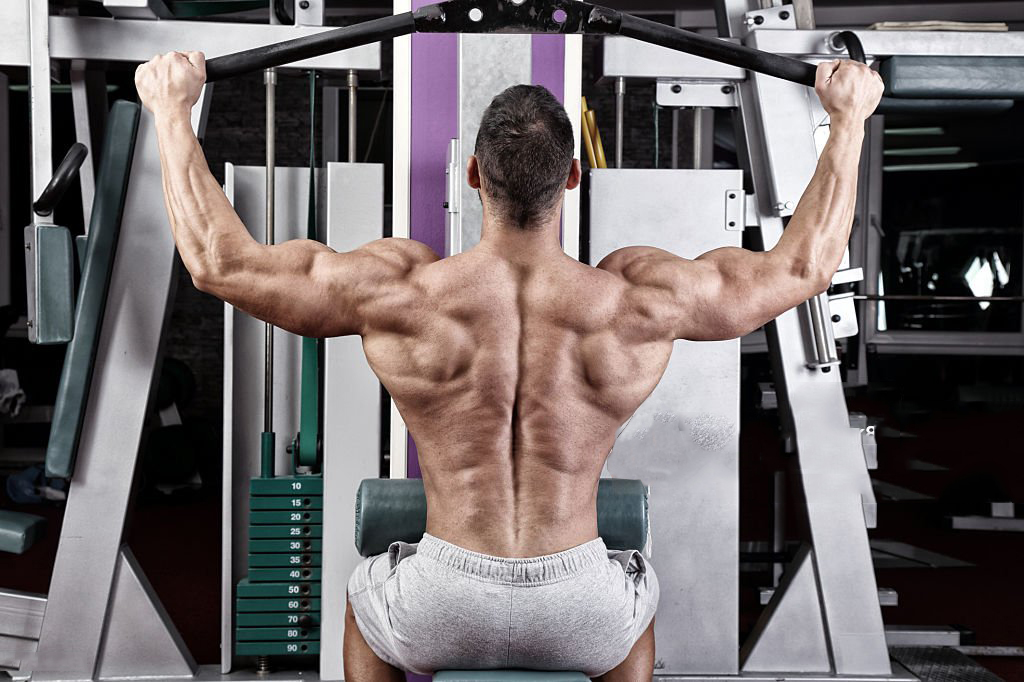
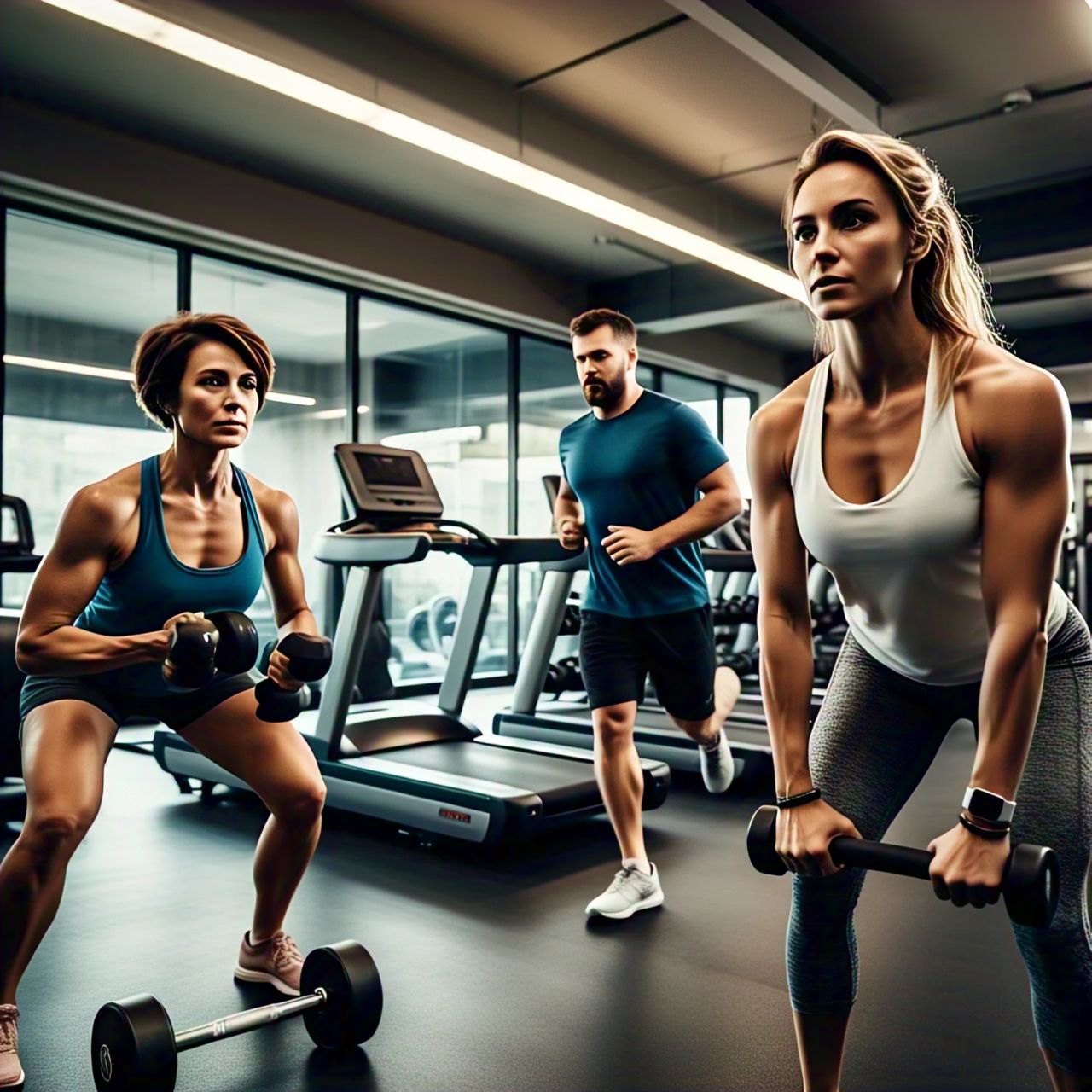
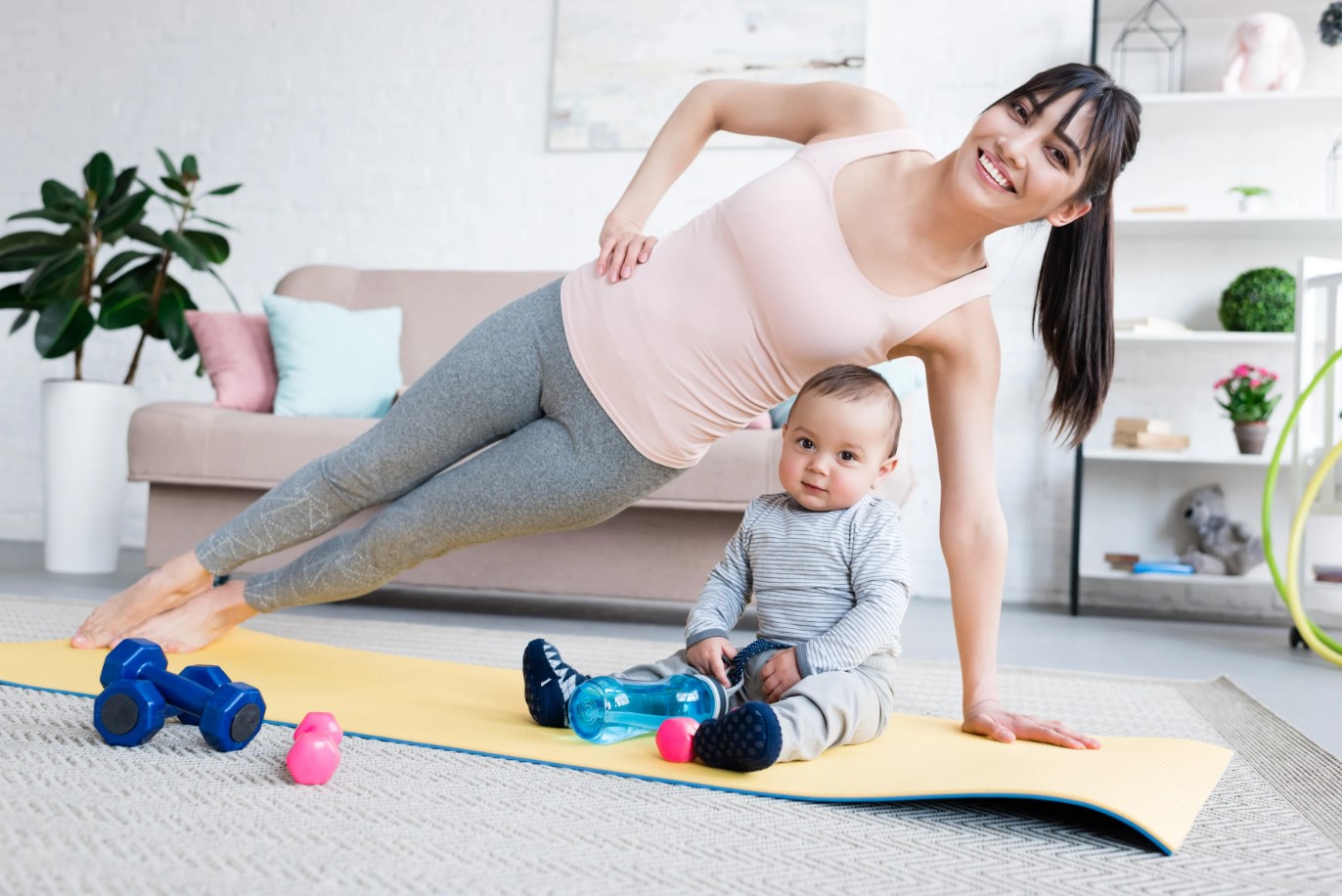


Very nice post. I just stumbled upon your weblog and wanted to say that I’ve really enjoyed surfing around your blog posts. In any case I’ll be subscribing to your rss feed and I hope you write again soon!